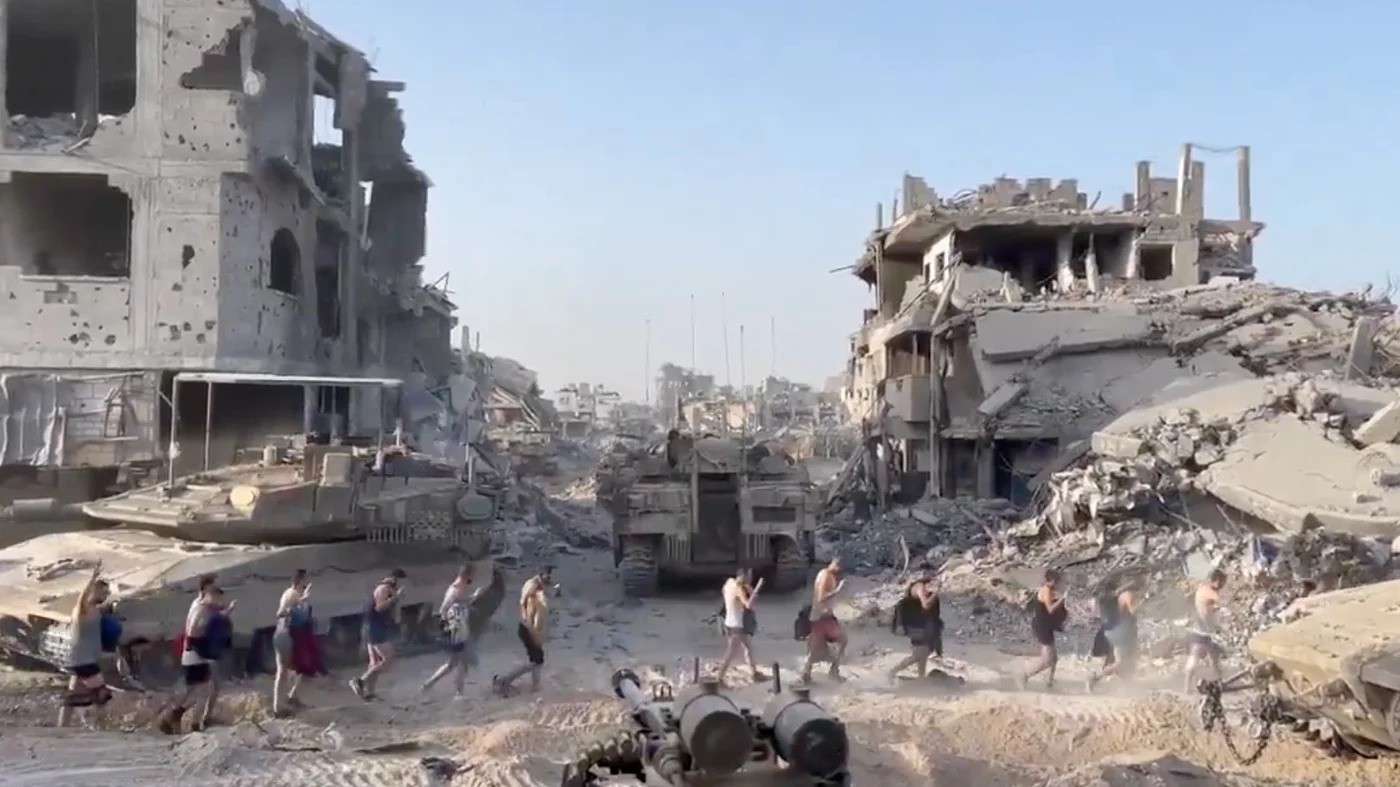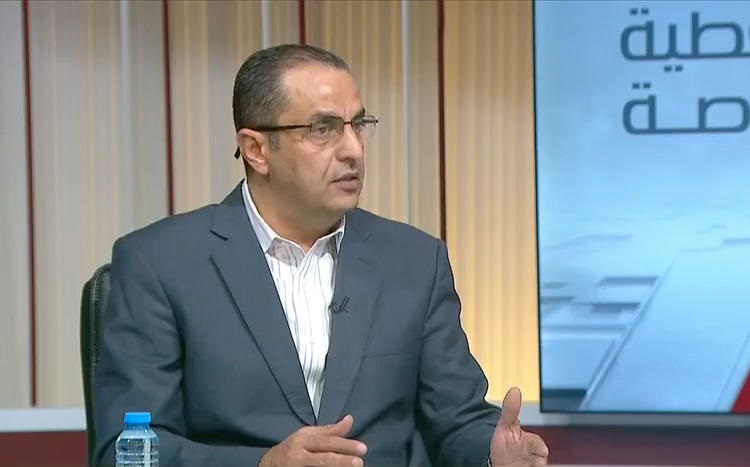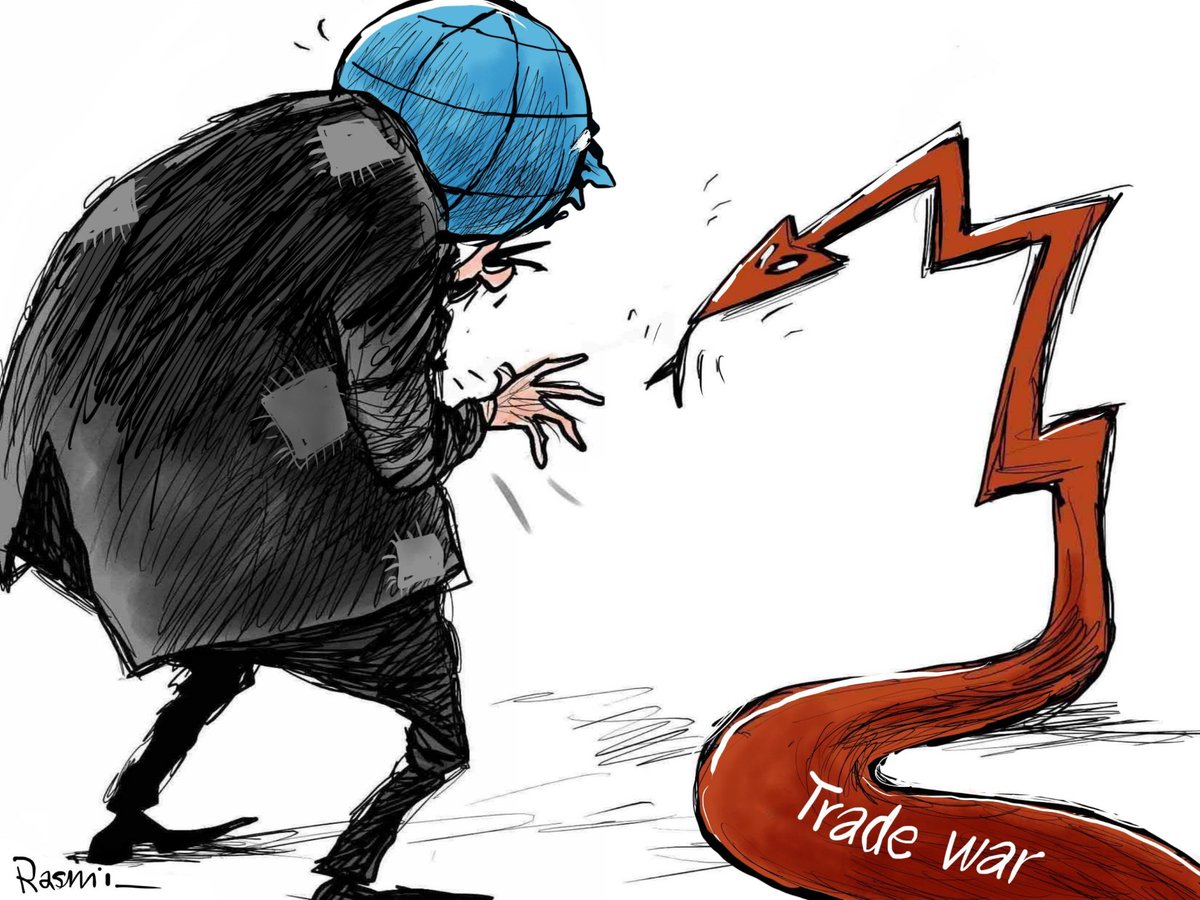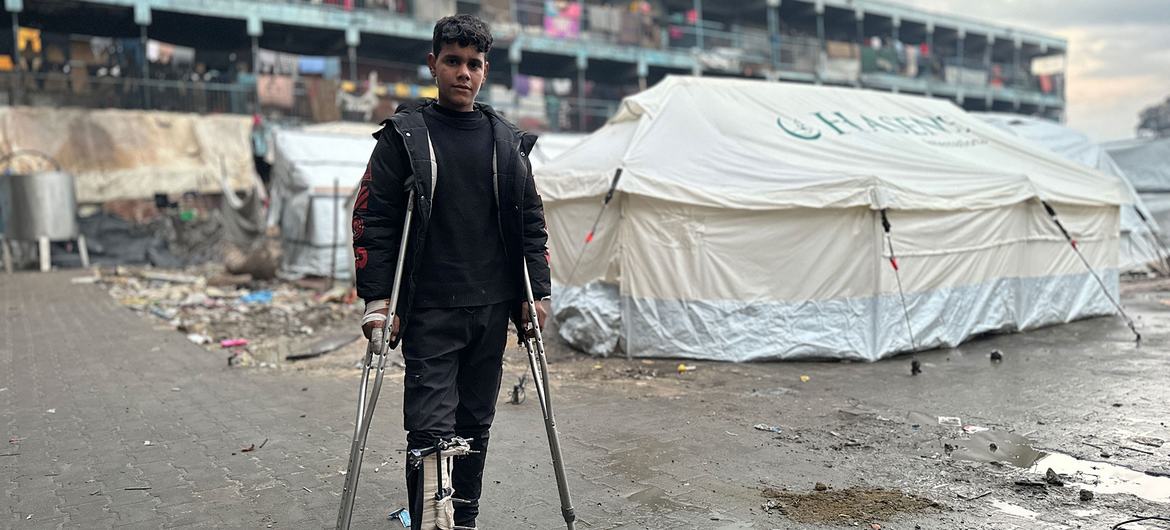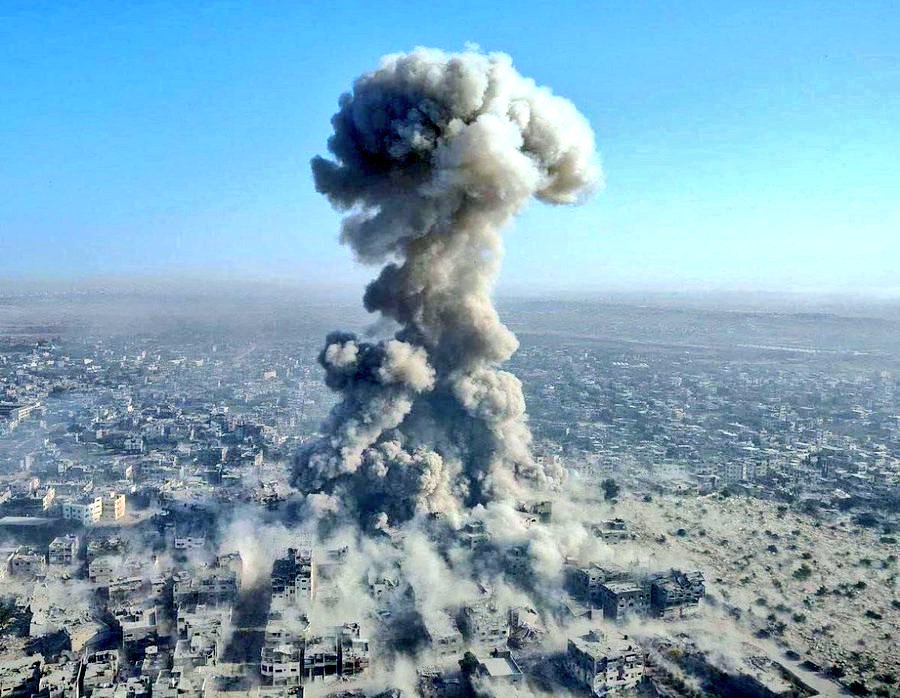Israel’s Masked Gangs in Gaza
As part of its ongoing genocide against Palestinians in the Gaza Strip, Israel is attempting to destroy the security and justice structures in the enclave by undermining public order. Israel’s inhumane strategy is designed to guarantee the Palestinians’ annihilation of one another without resorting to direct military action itself.
In order to spread chaos and insecurity as part of its genocidal war and create disastrous conditions that will result in the destruction of Palestinians in the Strip as a whole, the Israeli army has attempted to target members of the security and civil police forces as well as individuals working to coordinate the entry of humanitarian aid. Since the start of its genocide on 7 October 2023, Israel has been targeting members of these groups or teams while they are working and even while they are in their homes or shelters.
Chaos
The state of chaos brought about by the breakdown of the security system due to the Israeli army’s permitting of organized gangs to enter areas under its military control in order to steal humanitarian aid has resulted in the concerning rise of armed groups. These groups are composed of masked individuals who carry out coordinated attacks against civilians under a variety of pretexts, including “defending aid”, in egregious violation of civilians’ basic rights and dignity, which are guaranteed by international law.
Due to the chaos and the breakdown of the security system in the Gaza Strip, some families have started using weapons to settle disputes among themselves. This has resulted in the rise of individual retaliation and the spread of disputes and revenge through illegal means.
In addition to being a flagrant breach of international humanitarian law, Israel’s approach makes the population’s dire humanitarian situation worse. Israel’s 15-month-long genocide in Gaza has systematically destroyed civilian infrastructure, undermining political institutions and increasing the suffering of the civilian populace in ways never seen before in Gaza.
Masked Men
The Euro-Med Monitor field team has documented numerous instances in which anonymous masked men handcuffed individuals and physically assaulted or shot them—under the guise of these individuals’ involvement in thefts, attacks on private property and aid trucks, or trafficking in stolen goods—either by severely beating them or shooting them in the limbs. These actions are occurring outside of the legal system, i.e. without any legal processes to protect the rights of the accused, including their right to an investigation into accusations made against them. This is a blatant violation of fundamental rights and human dignity, and represents a grave lack of justice.
The systematic Israeli targeting of the police and security systems in the Gaza Strip makes it crucial to find effective mechanisms to control security and maintain community peace. However, any measures must be implemented within the approved legal frameworks, guaranteeing respect for people’s human dignity and the protection of their basic rights without any violations or transgressions.
Deliberate Destruction
The aforementioned violations are part of a deliberate Israeli strategy to destroy the Gaza Strip’s security and justice system by bombing official and makeshift police stations, judicial institutions, and police officers and staff, including local security personnel representing private companies or civil committees. The targeting of Palestinian courts and prisons by gangs backed by Israel in an effort to sow disarray and undermine stability is another example of the violations.
In addition to impairing the police’s capacity to maintain internal security, the Israeli occupation army’s frequent targeting of police officers or their makeshift checkpoints strikes fear in the hearts of the populace and keeps them from using these checkpoints to lodge complaints, which encourages the use of force and increases the tendency for people to take matters into their own hands, further destabilising the weakened security situation.
It is essential to uphold the values of justice and human dignity and to guarantee that those suspected of violating them are treated humanely and with discipline.
Regulating this situation and ensuring that any party tasked with upholding community security follows the law and respects human dignity are obligations of the Gaza Strip’s authorities and the relevant Palestinian factions, particularly Hamas. However, the international community must apply more pressure on Israel to cease attacking the Strip’s justice system and police, which are vital civil institutions. Ending Israel’s crime of genocide and all of its manifestations, including direct and indirect acts intended to systematically exterminate the Palestinian people, is the radical solution to all humanitarian crises in the enclave.
Euro-Med Monitor emphasizes that justice and dignity for the Palestinian people can only be attained by putting an end to Israel’s persistent crimes and violations.

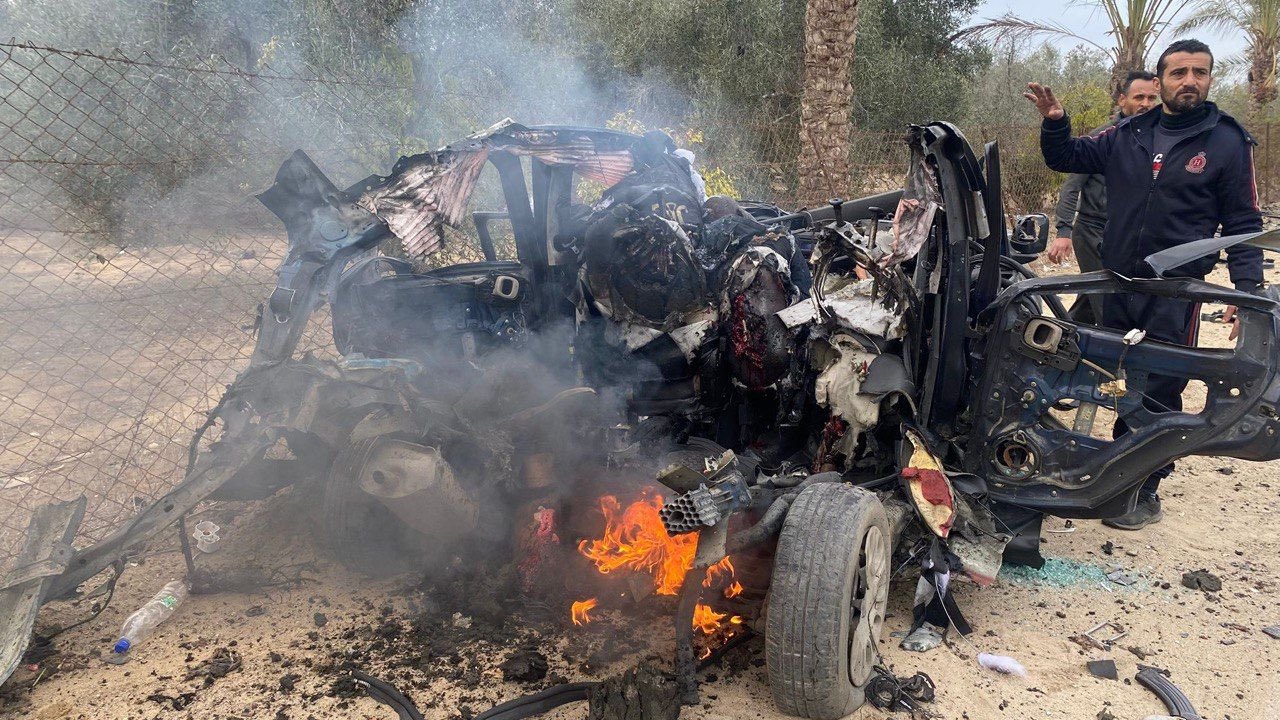
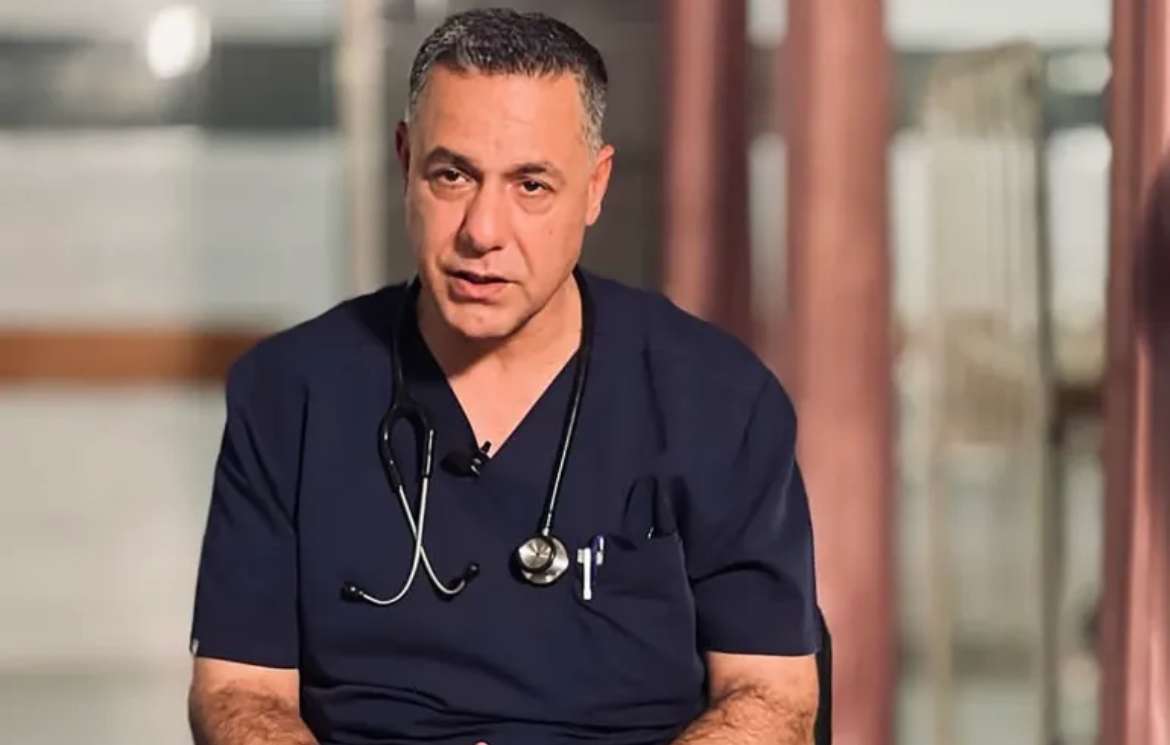
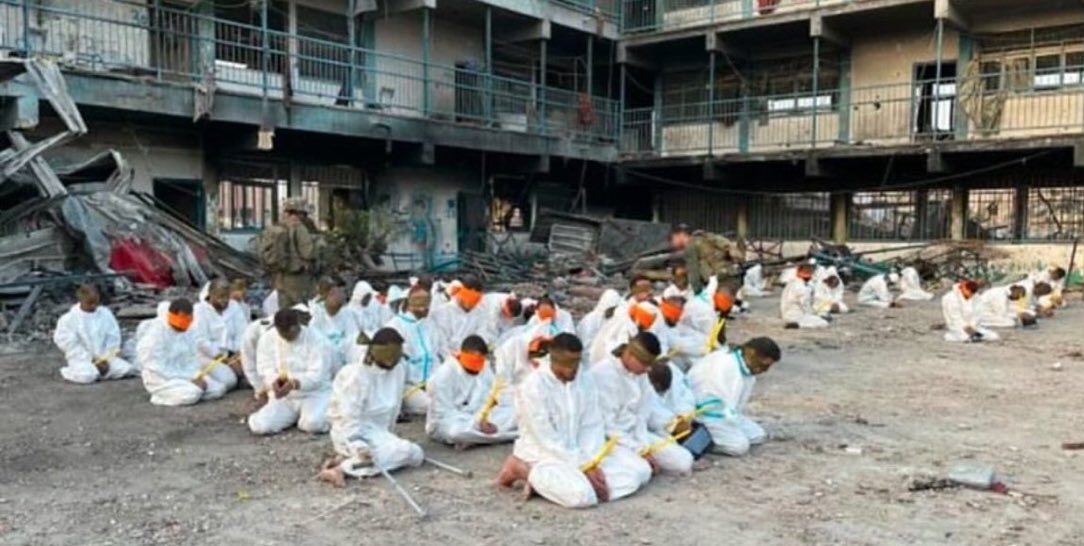
 Five more Palestinian hostages from the Gaza Strip have been reported killed by Israel within a 24-hour period. Five lives lost, and not a single word of condemnation!
Five more Palestinian hostages from the Gaza Strip have been reported killed by Israel within a 24-hour period. Five lives lost, and not a single word of condemnation!